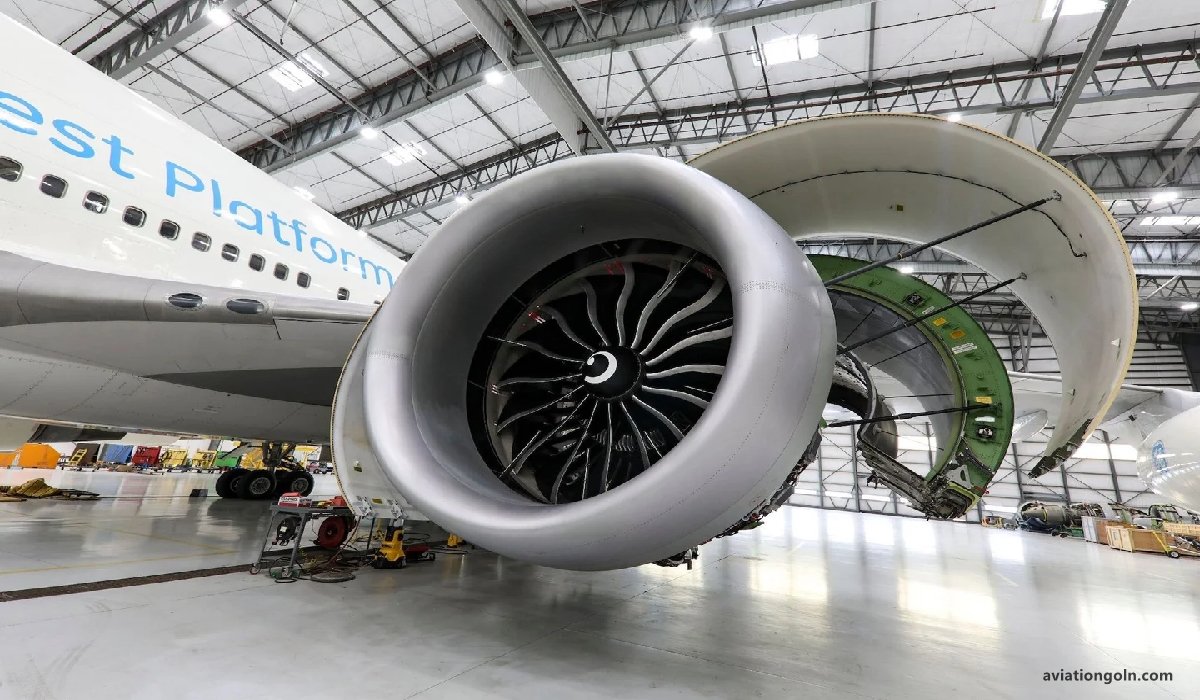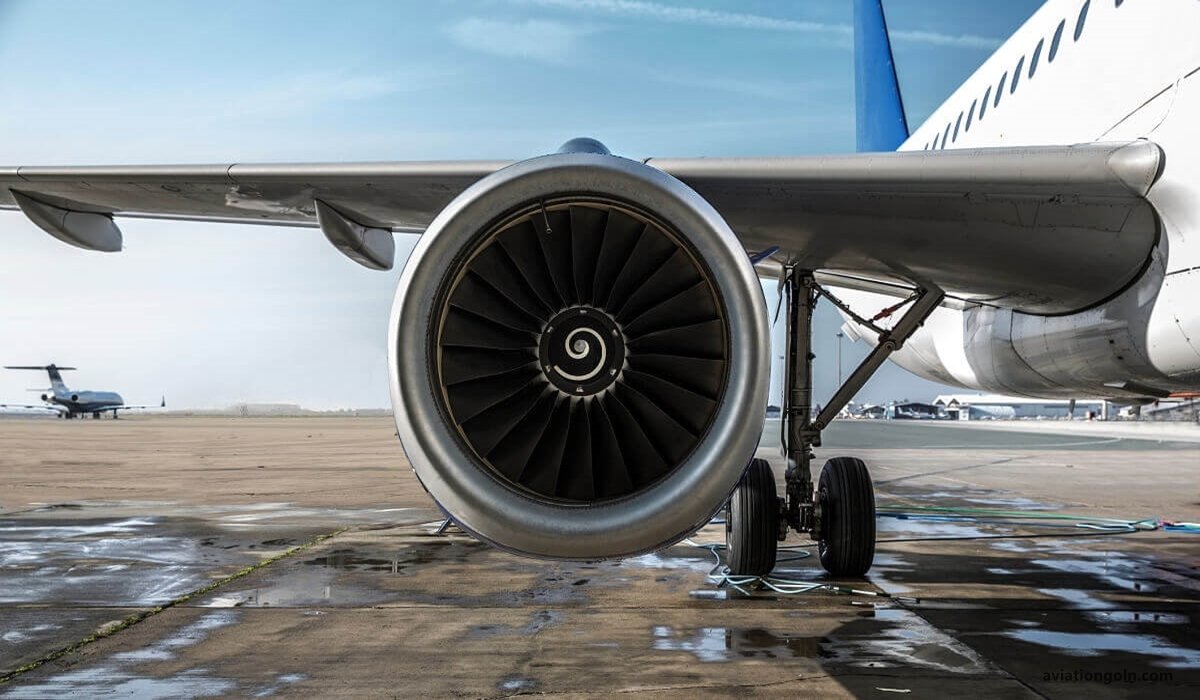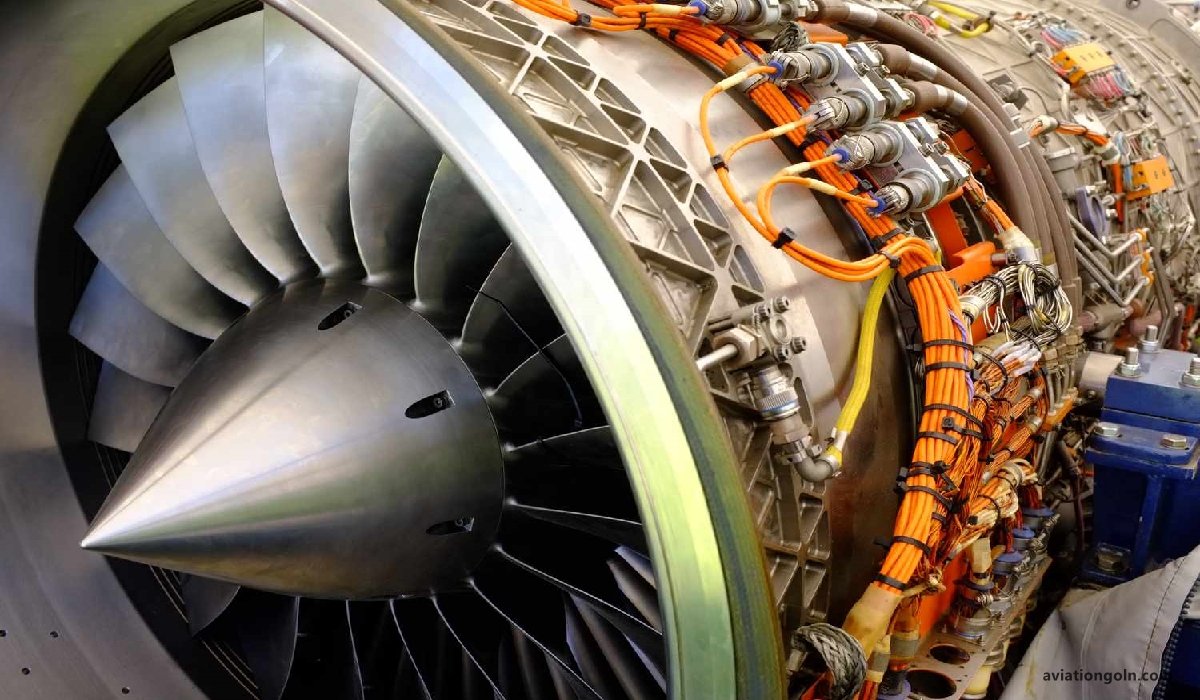Turbojet Engines: The world of aviation has witnessed a transformative journey from its humble beginnings with propeller-driven planes to the sonic marvels that pierce the skies today. Central to this transformation is the evolution of aircraft propulsion systems. Among these, turbojet engines stand out as game-changers, propelling the aviation industry into the jet age. This comprehensive look into turbojet engines will explore their mechanisms, various types, advantages, challenges, and their remarkable impact on the aviation sector.
Turbojet Engines: Types of Aircraft Engines

Historical Context
While piston engines ruled the early aviation landscape, engineers in various parts of the world dreamt of harnessing the power of jet propulsion. The concept of a jet engine dates back to Sir Isaac Newton’s third law of motion. However, it wasn’t until the 1930s and 1940s that the first practical turbojet engines emerged, with pioneers like Sir Frank Whittle in the UK and Hans von Ohain in Germany leading the charge.

The Basic Principle
Turbojet engines operate on the principle of drawing in air, compressing it, mixing it with fuel to create a high-energy stream of exhaust gases, and then expelling these gases at high speeds to generate thrust. This process is continuous, unlike the cyclic process in reciprocating engines, making jet engines apt for high-speed flight.

Fundamental Components and Operations
To understand turbojet engines, one must be familiar with their primary components and operational stages:
- Intake: Air enters the engine through an intake.
- Compression: Axial or centrifugal compressors then compress this air. Compression increases the temperature and pressure of the air, preparing it for combustion.
- Combustion: The high-pressure air enters the combustion chamber, where it’s mixed with fuel and ignited. This results in a high-energy stream of exhaust gases.

- Turbine: These hot gases pass through turbines, causing them to spin. The turbines are connected to the compressor by a shaft, providing the necessary power to keep the compressor operating.
- Exhaust: The exhaust gases, now with a reduced energy level after turning the turbine, exit the engine at high speeds through a nozzle. This rapid expulsion generates thrust based on Newton’s third law.

Types of Turbojet Engines
While the core principle remains consistent, there are variations of turbojet engines:
- Single-Spool Turbojet: Has one axial compressor and one turbine on the same shaft. The turbine drives the compressor.
- Twin-Spool Turbojet: Consists of two concentric shafts, each with its compressor and turbine. The outer shaft (low pressure) and inner shaft (high pressure) can rotate at different speeds, offering more operational flexibility.
- Afterburning Turbojet: Equipped with an afterburner behind the turbine. When extra thrust is required, additional fuel is sprayed into the afterburner and ignited. This dramatically increases thrust but also fuel consumption.

Advantages of Turbojet Engines
- High Speed: Designed for supersonic speeds, making them ideal for military jets and some commercial applications.
- Altitude: Operate efficiently at higher altitudes where the air is thinner.
- Simplicity: Fewer moving parts compared to reciprocating engines, leading to smoother operation.
- Thrust-to-Weight Ratio: Typically offer higher thrust-to-weight ratios than other engine types.

Challenges and Limitations
- Fuel Consumption: Especially at low altitudes and during takeoff, turbojets can be less fuel-efficient than other jet engine types.
- Noise: Tend to be noisier compared to more modern engine designs.
- Cost: High operational and maintenance costs.
- Thermal Efficiency: Generally lower than turboprop or turbofan engines, especially at slower speeds.

Evolution and Adaptations
While turbojets initiated the jet age, the quest for more efficiency and versatility led to the development of adaptations:
- Turbofan Engines: A significant proportion of the ingested air bypasses the core engine and is expelled at the back, providing additional thrust. More efficient and quieter than turbojets.
- Turboprop Engines: Combines the principles of jet propulsion and propeller-driven engines. Ideal for regional flights.

The Legacy and Future of Turbojets
The turbojet engine, in its pure form, has seen a decline in commercial aviation in favor of its more efficient sibling, the turbofan. However, in specific roles, especially in high-speed military jets where raw performance and speed are paramount, turbojets continue to hold their ground.
Recent technological advancements are focused on enhancing efficiency, reducing emissions, and making these engines more environmentally friendly. Concepts such as variable cycle engines, which can switch between turbojet and turbofan modes, are being explored to combine the best of both worlds.

The turbojet engine stands as a testament to human ingenuity and the spirit of innovation. It not only redefined the boundaries of speed and altitude but also reshaped global connectivity and defense mechanisms. As we look to the future, with its challenges of sustainability and environmental concerns, the lessons from the turbojet era provide a foundation to innovate, adapt, and soar even higher.
Read more:
